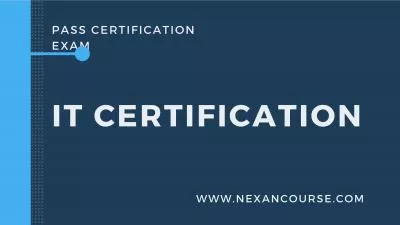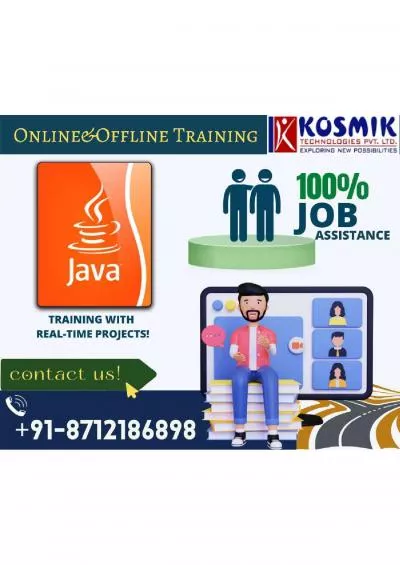PPT-Java Basics Tutorial Part 3:
Author : isla | Published Date : 2024-02-02
Console Input Output Working with the Console Reading User Input and Formatting Output The system console terminal standard input and output A special window
Presentation Embed Code
Download Presentation
Download Presentation The PPT/PDF document "Java Basics Tutorial Part 3:" is the property of its rightful owner. Permission is granted to download and print the materials on this website for personal, non-commercial use only, and to display it on your personal computer provided you do not modify the materials and that you retain all copyright notices contained in the materials. By downloading content from our website, you accept the terms of this agreement.
Java Basics Tutorial Part 3:: Transcript
Download Rules Of Document
"Java Basics Tutorial Part 3:"The content belongs to its owner. You may download and print it for personal use, without modification, and keep all copyright notices. By downloading, you agree to these terms.
Related Documents

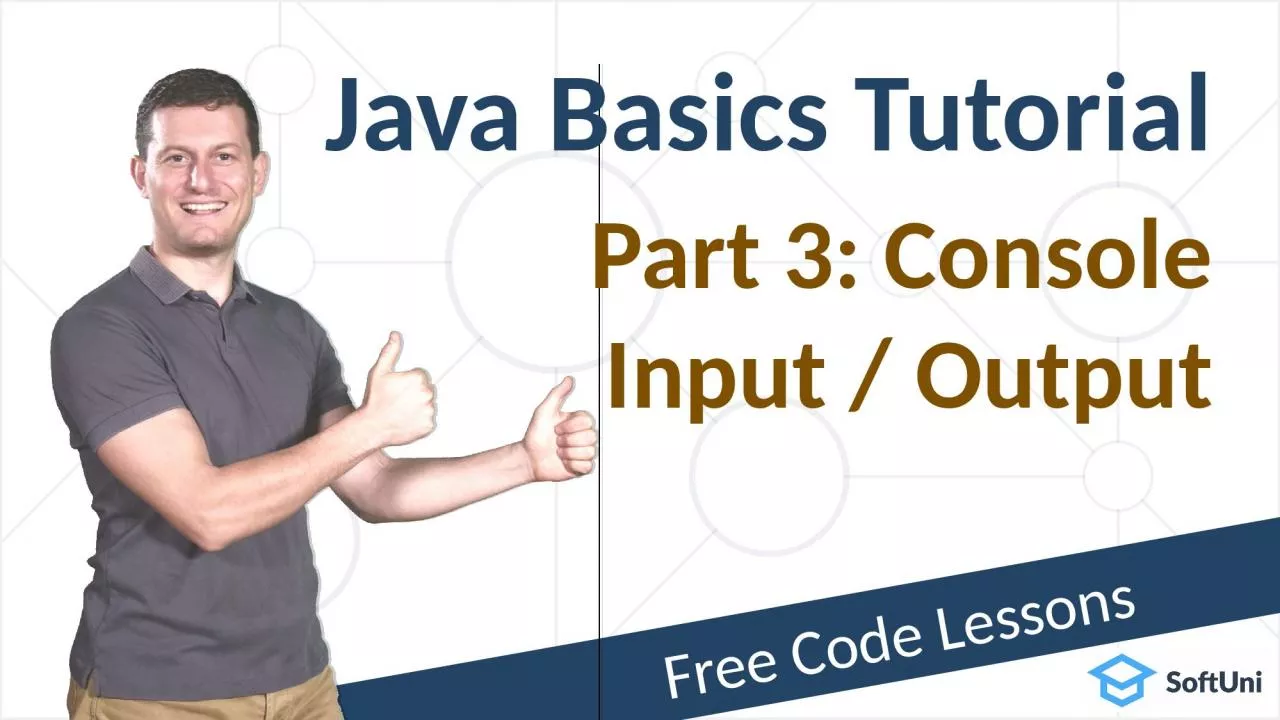
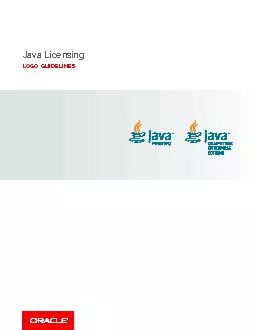
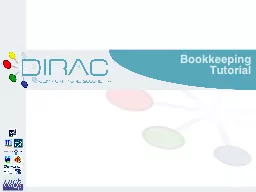
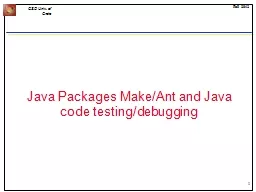
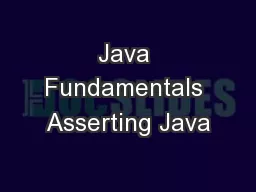
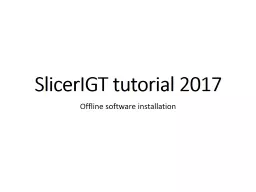
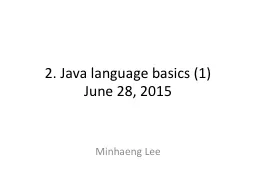
![[eBOOK]-java programming book.effective java coding problems for beginners and dummies](https://thumbs.docslides.com/973026/ebook-java-programming-book-effective-java-coding-problems-for-beginners-and-dummies-8th-edition-2021-2022-java-book-programming-java-for-beginners-java-a-beginner-s-guide.jpg)
![[READ]-Java Tutorial, The: A Short Course on the Basics (Java Series)](https://thumbs.docslides.com/973132/read-java-tutorial-the-a-short-course-on-the-basics-java-series.jpg)
![[DOWLOAD]-The Java Class Libraries: Java.Applet, Java.Awt, Java.Beans](https://thumbs.docslides.com/973154/dowload-the-java-class-libraries-java-applet-java-awt-java-beans.jpg)
